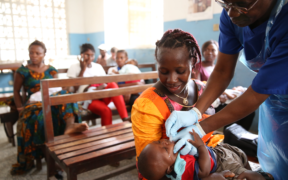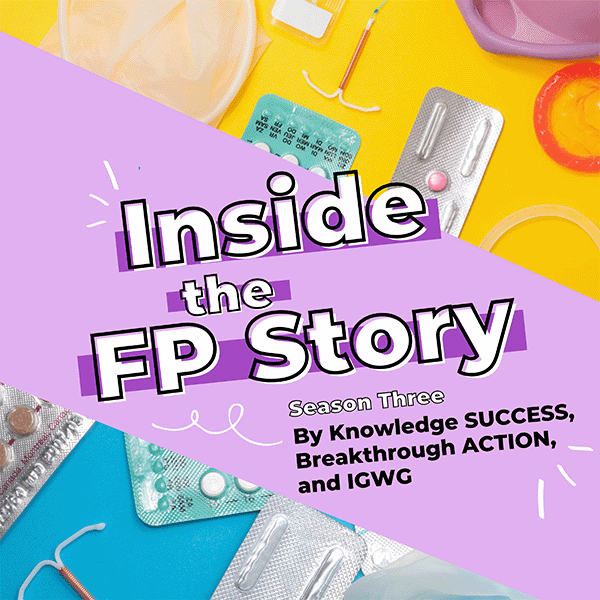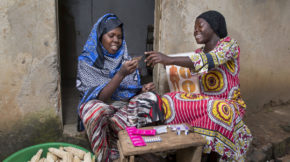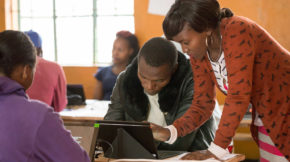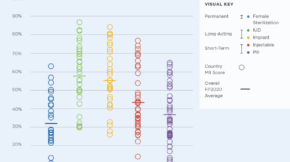Tag:
measurement

Using website analytics to learn more about your audience can show how to make your content more useful for the people you're trying to reach.

How might we encourage the FP/RH workforce to share knowledge with each other? Particularly when it comes to sharing failures, people are hesitant. This post summarizes Knowledge SUCCESS’s recent assessment to capture and measure information-sharing behavior and intention among a sample of FP/RH and other global health professionals based in sub-Saharan Africa and Asia.
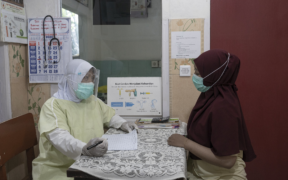
On April 27, Knowledge SUCCESS hosted a webinar, “COVID-19 and Adolescent and Youth Sexual and Reproductive Health (AYSRH): Stories of Resilience and Lessons Learned from Program Adaptations.” Five speakers from around the world presented data and their experiences on the impact of COVID-19 on AYSRH outcomes, services, and programs.
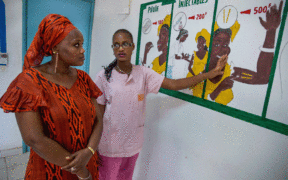
The Implant Removal Task Force is excited to partner with Knowledge SUCCESS to bring you this curated collection of resources for contraceptive implant removal, highlighting a critical, yet often-overlooked, component of contraceptive implant scale-up.

This article summarizes important findings from several Global Health: Science and Practice Journal articles that report on contraceptive method discontinuation and issues related to quality of care and counseling.

Massive improvements in our family planning (FP) supply chains in recent years have generated an expanded and more reliable method choice for women and girls around the world. But while we celebrate such success, one nagging issue that warrants attention is the corresponding equipment and consumable supplies, like gloves and forceps, necessary to administer these contraceptives: Are they also getting to where they’re needed, when needed? Current data—both documented and anecdotal—suggest that they aren’t. At the very least, gaps remain. Through a literature review, secondary analysis, and a series of workshops held in Ghana, Nepal, Uganda, and the United States, we sought to understand this situation and put forth solutions to ensure that reliable method choice is accessible to FP users around the world. This piece is based on a larger piece of work funded by the Reproductive Health Supplies Coalition Innovation Fund.
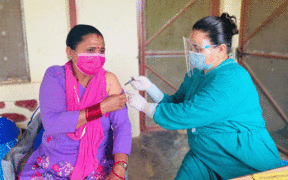
Connecting the Dots Between Evidence and Experience combines the latest evidence with implementation experiences to help technical advisors and program managers understand emerging trends in family planning and inform adaptations to their own programs. The inaugural edition focuses on the impact of COVID-19 on family planning in Africa and Asia.

In the final year of SHOPS Plus, we used an approach to arrive at key themes for our last year. We will use the themes as a framework to organize our learning across the project. The steps below are not, of course, the only way to organize learnings, and they are a work in progress. We will know how well the framework holds up once we get further into programming our events. What follows is a behind-the-scenes look at how our project got ready for the whirlwind of its last year.




